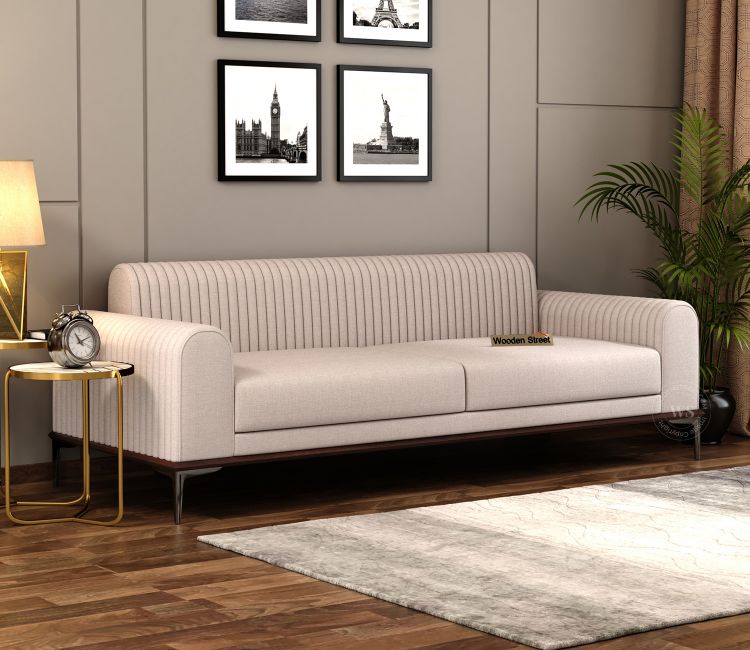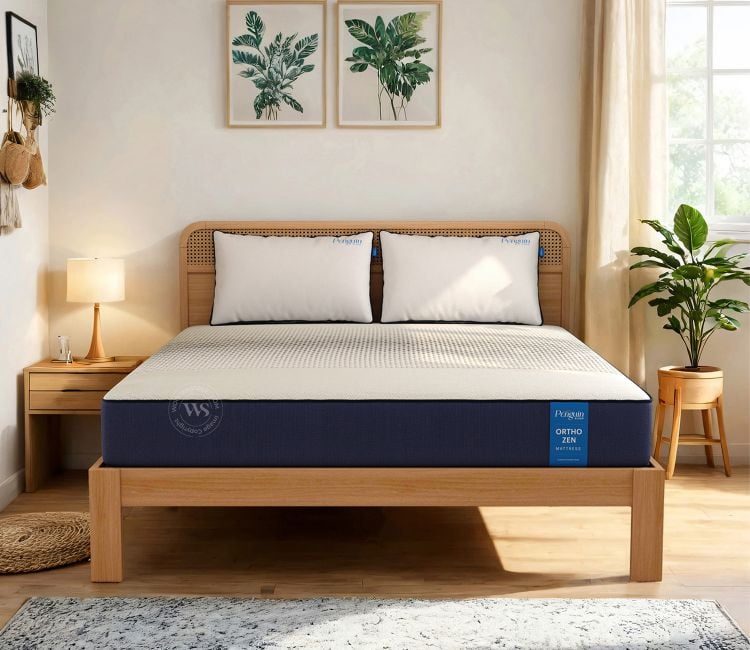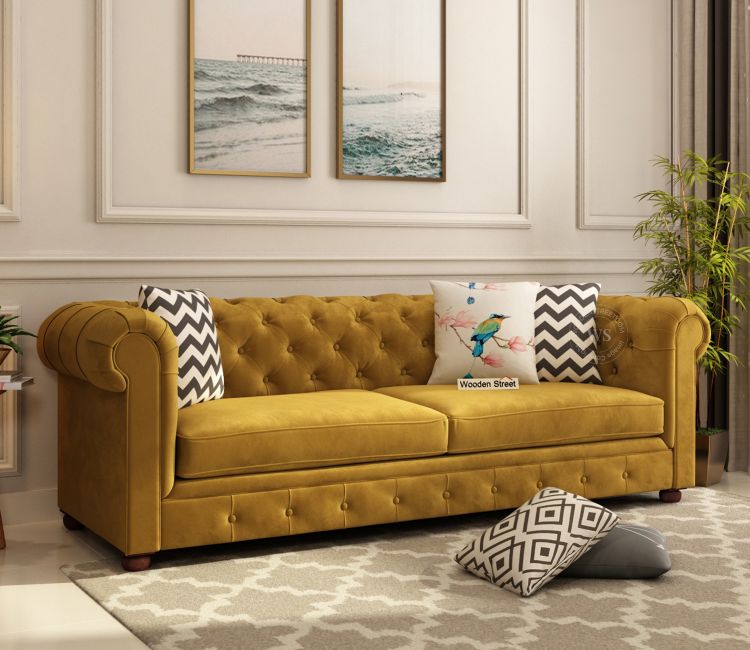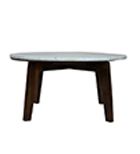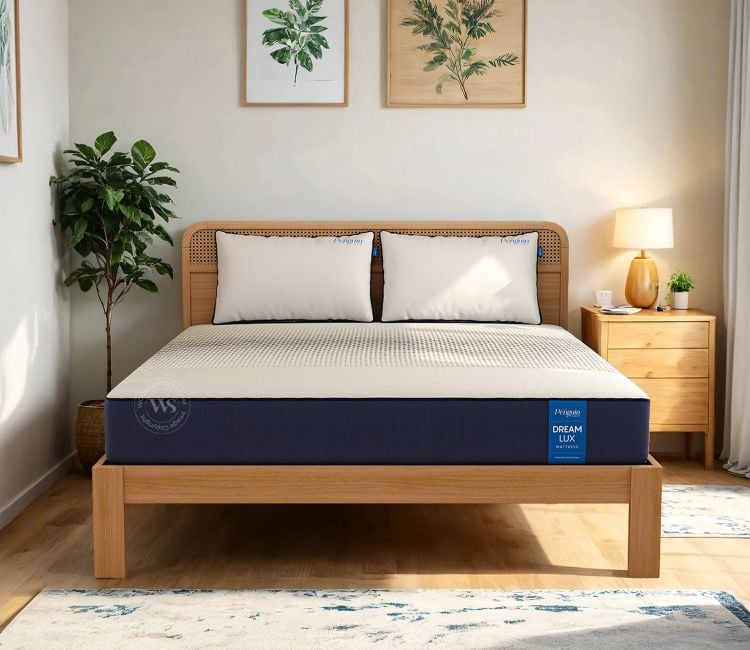Memory Foam vs Latex vs Spring: Which King Size Mattress is Right for You?
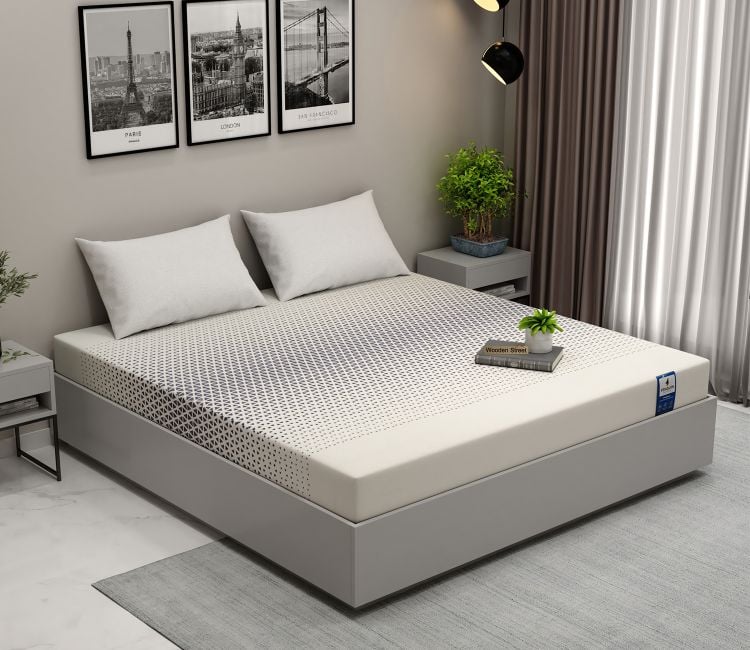
Strong 8k brings an ultra-HD IPTV experience to your living room and your pocket.
Choosing the right king size mattress can be a game-changer for your sleep quality and overall health. With various types of mattresses available in the market, it’s easy to feel overwhelmed. Among the most popular choices are memory foam, latex, and spring mattresses. Each of these comes with its own set of advantages and considerations. Understanding the differences can help you make an informed decision that suits your body, sleep style, and budget.
Understanding the Basics
Before diving into the comparison, let’s understand what each type of mattress is made of:
Memory Foam Mattress: Made from viscoelastic foam, memory foam molds to your body in response to heat and pressure, offering a “cradling” effect. It's known for superior motion isolation and pressure relief.
Latex Mattress: Made from natural or synthetic latex, this mattress king size type offers a bouncy, responsive feel. Natural latex is eco-friendly and durable, making it a preferred choice for eco-conscious buyers.
Spring Mattress: Also known as innerspring mattresses, these use a network of metal coils for support. They’re often topped with a layer of foam or fabric and are known for their traditional bounce and airflow.
Comfort and Support
Memory Foam excels in contouring your body, which makes it ideal for people with joint pain or those who sleep on their sides. It evenly distributes weight and supports pressure points like shoulders and hips.
Latex Mattresses provide a balanced feel—firm yet responsive. Unlike memory foam, latex doesn’t hug the body as closely, but it still offers good support. It’s excellent for combination sleepers who change positions throughout the night.
Spring Mattresses provide a firmer feel and offer strong support, especially for back sleepers. However, their contouring ability is less precise compared to foam-based options.
Breathability and Temperature Regulation
Memory Foam tends to retain heat, which may not be ideal for hot sleepers. However, newer models now come with gel-infused layers or open-cell technology to improve airflow.
Latex Mattresses, especially natural latex, have an open-cell structure that promotes airflow, making them cooler to sleep on. They’re a great choice for warm climates or people who tend to overheat during sleep.
Spring Mattresses are inherently breathable due to the space between coils. This allows for better air circulation and temperature control, making them suitable for those who value a cooler sleeping surface.
Durability and Longevity
Memory Foam Mattresses typically last between 7 to 10 years, depending on the quality and density of the foam.
Latex Mattresses are among the most durable, with natural latex options lasting 10 to 15 years or even longer. They resist sagging and maintain shape over time.
Spring Mattresses generally have a lifespan of 5 to 8 years. Over time, the coils can lose tension, and the top layer may compress or sag, especially in lower-end models.
Motion Isolation
Memory Foam is the top performer in motion isolation. It absorbs movement effectively, making it ideal for couples—especially if one partner tosses and turns during the night.
Latex Mattresses also perform well in this area but are slightly more responsive than memory foam, which may transfer minimal motion.
Spring Mattresses typically offer the least motion isolation. Unless it’s a hybrid with a thick foam layer, movements can easily be felt across the bed.
Price and Affordability
Memory Foam Mattresses range from budget to premium, depending on thickness, density, and brand. They offer good value for money, especially for comfort and support.
Latex Mattresses are usually more expensive, particularly if they are made of 100% natural latex. However, the long lifespan can justify the initial investment.
Spring Mattresses are often the most affordable option. However, keep in mind that lower prices may come at the cost of durability and comfort over time.
Eco-Friendliness and Health
Memory Foam is synthetic and may contain certain chemicals that emit a temporary odor called off-gassing. Look for CertiPUR-US certified foams for safer options.
Latex, especially organic or natural, is the most eco-friendly and hypoallergenic. It’s resistant to dust mites, mold, and mildew, making it ideal for allergy sufferers.
Spring Mattresses may use synthetic foam or chemical-based glues, depending on the manufacturer. They’re generally less environmentally friendly than latex options.
Final Verdict
The “right” king size mattress ultimately depends on your personal preferences, sleeping style, and health needs:
Choose memory foam if you want deep pressure relief, motion isolation, and a contouring sleep surface.
Opt for latex if you prefer a natural, breathable, and long-lasting mattress with a slightly firmer feel.
Go for a spring mattress if you’re on a budget, enjoy traditional bounce, and want better airflow.
Take time to test different options if possible, and always review the warranty, return policy, and customer reviews before making a purchase. A good king size mattress is more than just a sleeping surface—it’s an investment in your well-being.
Note: IndiBlogHub features both user-submitted and editorial content. We do not verify third-party contributions. Read our Disclaimer and Privacy Policyfor details.



